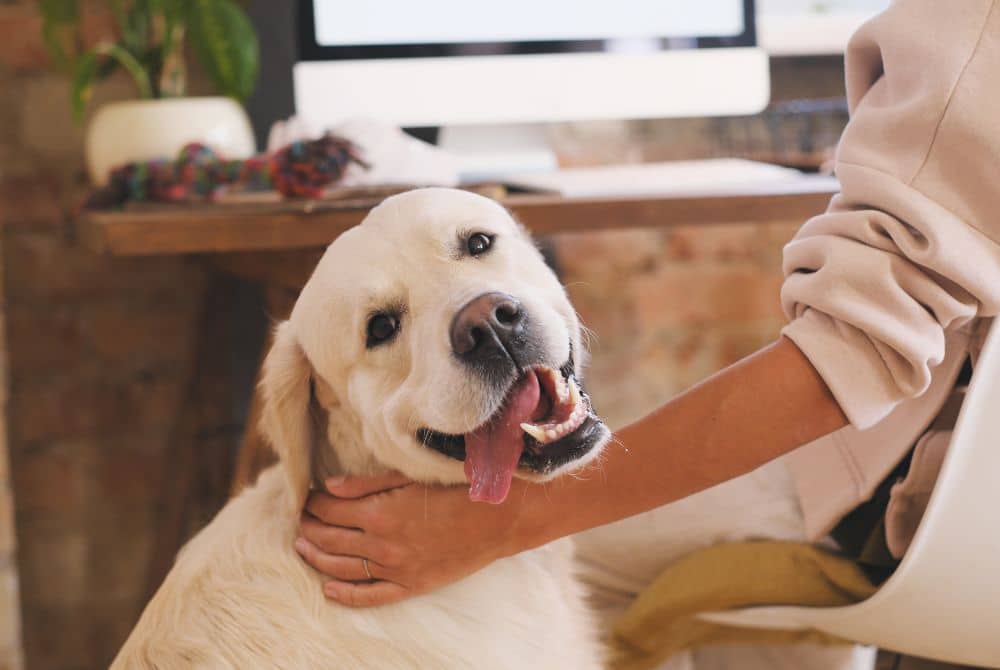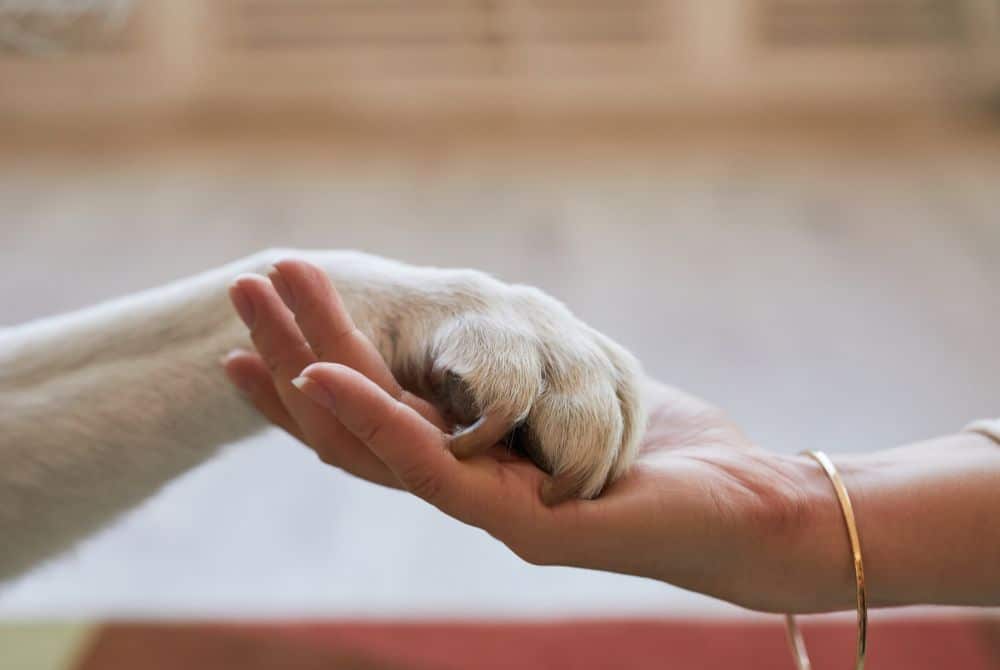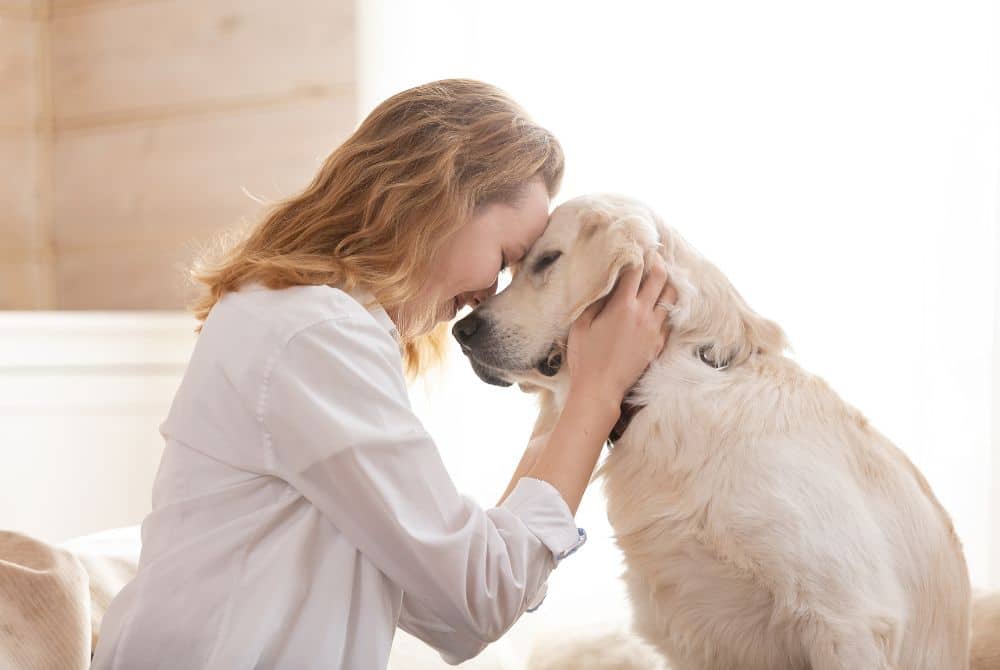Bringing a new person into your pet’s life can be a bit nerve-wracking, both for you and your pet. Whether you’re going on vacation, your work schedule is busy, or you are looking for some extra help, introducing your pet to a new sitter is a crucial step in ensuring their comfort and happiness. In this guide, we’ll walk you through the steps on how to introduce your pet to a new sitter so they feel at ease with a new caregiver. With the right approach, your pet can build a positive relationship with their new sitter, reducing anxiety for everyone involved.

1. Start Early: Don’t Wait Until the Last Minute
Introducing your pet to a new sitter should be done well in advance of your planned absence. The earlier you can start the process, the better. This gives your pet time to adjust and form a bond with the sitter, rather than being thrown into an unfamiliar situation when you’re already away.
Why Early Introductions Matter:
- Reduces Anxiety: Pets, like humans, can experience anxiety when faced with new situations. Early introductions allow them to acclimate at their own pace.
- Builds Trust: Repeated positive interactions with the sitter will help build trust and familiarity.
- Allows for Observation: Early introductions give you a chance to observe how your pet and the sitter interact, ensuring it’s a good match.
2. Choose the Right Sitter
Before diving into the introduction process, make sure you’ve chosen the right sitter for your pet. Not all pets are the same, and neither are pet sitters. Consider your pet’s personality, needs, and preferences when selecting a sitter.
Factors to Consider:
- Experience with Your Pet’s Species/Breed: Ensure the sitter has experience with the specific type of pet you have, whether it’s a dog, cat, bird, or exotic animal.
- Personality Match: Some pets are more comfortable with certain types of personalities. If your pet is shy, it might do better with a calm and gentle sitter.
- Training and Certification: Look for sitters with relevant training, such as pet CPR or certifications in pet care.
3. First Meeting: Keep It Casual and Low-Key
The first introduction between your pet and the new sitter should be in a comfortable environment—your home. This is where your pet feels most secure, which will help make the initial meeting less stressful.
Steps for a Successful First Meeting:
- Start with a Walkthrough: Give the sitter a tour of your home, explaining your pet’s routines, favorite spots, and any particular quirks.
- Let Your Pet Approach: Allow your pet to approach the sitter at their own pace. Don’t force interaction; let it happen naturally.
- Offer Treats: Have the sitter offer your pet their favorite treats or toys. This will help your pet create a positive association with the new person.
Keep It Short: The first meeting shouldn’t be too long. A brief, positive encounter is a great start.

4. Gradual Build-Up: Short Visits to Longer Stays
Once the initial introduction is out of the way, gradually increase the time your pet spends with the sitter. Start with short visits and slowly extend the duration as your pet becomes more comfortable.
Tips for Gradual Build-Up:
- Short Play Sessions: Arrange for the sitter to engage in short play sessions with your pet. This helps establish a fun and positive connection.
- Mealtime Visits: Have the sitter come over during your pet’s mealtime. Pets often associate those who feed them with trust and security.
- Routine Walks: If you have a dog, let the sitter take them for a walk. This routine activity can help your dog feel more at ease.
5. Provide Detailed Instructions
Pets thrive on routine, and a new sitter should be well-informed about your pet’s daily habits. Providing detailed instructions will help the sitter maintain your pet’s normal routine, which can significantly reduce stress.
What to Include in Your Instructions:
- Feeding Schedule: Outline exact times and portions for meals. Include any dietary restrictions or special needs.
- Exercise and Playtime: Specify your pet’s exercise needs, favorite activities, and how often they should be engaged.
- Bathroom Routine: For dogs, note their bathroom schedule. For cats or other animals, ensure the sitter knows how to maintain litter boxes or cages.
- Medications: If your pet requires medication, provide clear instructions on dosage, timing, and administration techniques.
- Emergency Contacts: List your vet’s contact information, along with any emergency contacts.
6. Monitor and Communicate
Once the sitter has started caring for your pet, communication is key. Have your new pet sitter check in regularly with phone calls, text messages, or image texts. Regular communication can provide you with a sense of comfort, ensuring you feel more connected. This also provides you the opportunity to address issues that may arise.
Effective Communication Tips:
- Daily Updates: Ask the sitter to provide daily updates, including photos or videos. This helps reassure you that your pet is doing well.
- Encourage Questions: Let the sitter know they can contact you with any questions or concerns. Open communication ensures your pet’s needs are always met.
- Feedback Loop: After a few visits, ask for feedback from the sitter and provide your own. This helps fine-tune the care your pet receives.

7. Plan a Trial Run
Consider planning a trial run before leaving your pet for an extended period. This could be an overnight stay or a weekend away, giving you a chance to see how your pet adjusts to the sitter’s care.
Benefits of a Trial Run:
- Identifies Issues Early: A trial run can highlight any potential problems, allowing you to address them before a longer absence.
- Builds Confidence: Both you and your pet will gain confidence knowing the sitter is capable and caring.
- Ensures Comfort: A trial run reassures you that your pet is comfortable and happy, making your time away less stressful.
8. Leave Comfort Items
When you’re ready to leave your pet with the sitter, make sure to leave behind items that provide comfort and familiarity. This can help ease any anxiety your pet may feel in your absence.
Comfort Items to Consider:
- Favorite Toys: Leave a few of your pet’s favorite toys to keep them entertained.
- Blanket or Bed: A blanket or bed with your scent on it can provide comfort to your pet.
- Clothing Item: Some pets find comfort in sleeping on or near a piece of your clothing which carries your scent.
9. Return with Care
When you return home, your pet might be excited, but they may also need some time to readjust. Be patient and give them the attention they need to settle back into their routine.
Steps for a Smooth Return:
- Stay Calm: Greet your pet calmly to avoid overwhelming them with too much excitement.
- Resume Routine: Quickly return to your pet’s normal routine to help them feel secure.
- Thank the Sitter: Remember to thank the sitter for their care and ask for any observations they may have made about your pet’s behavior.

Final Thoughts: Making the Transition Smooth and Stress-Free
Introducing your pet to a new sitter doesn’t have to be a stressful experience. By following these steps and ensuring your pet has time to adjust, you can make the transition smooth and positive. It’s important to remember that every pet is unique. The key is to go at their pace, ensuring they feel safe and comfortable every step of the way.
At Latchkey Pets, we understand the importance of finding the right sitter for your furry (or not-so-furry) family member. Our team is here to provide the personalized care your pet deserves. Ready to find the perfect match for your pet? Contact us to learn more about our pet care services and how we can help make your next trip worry-free.
